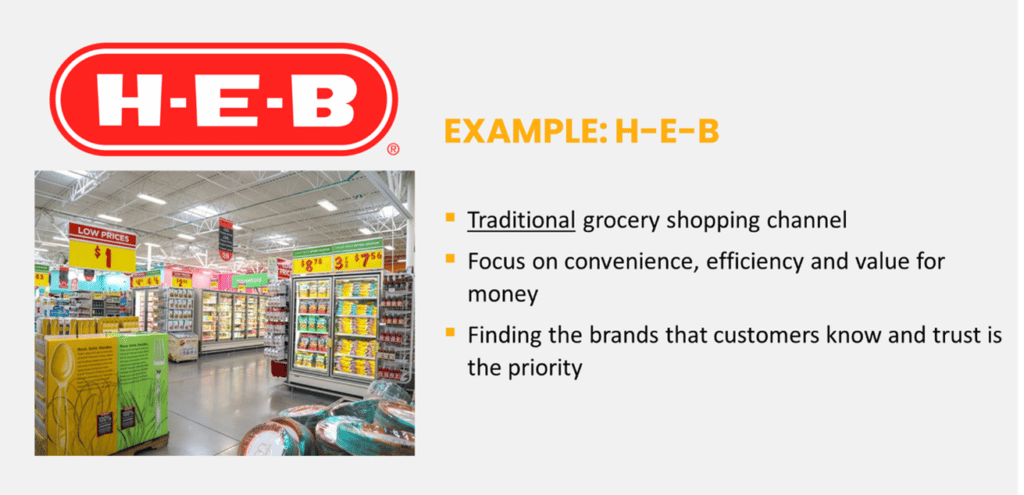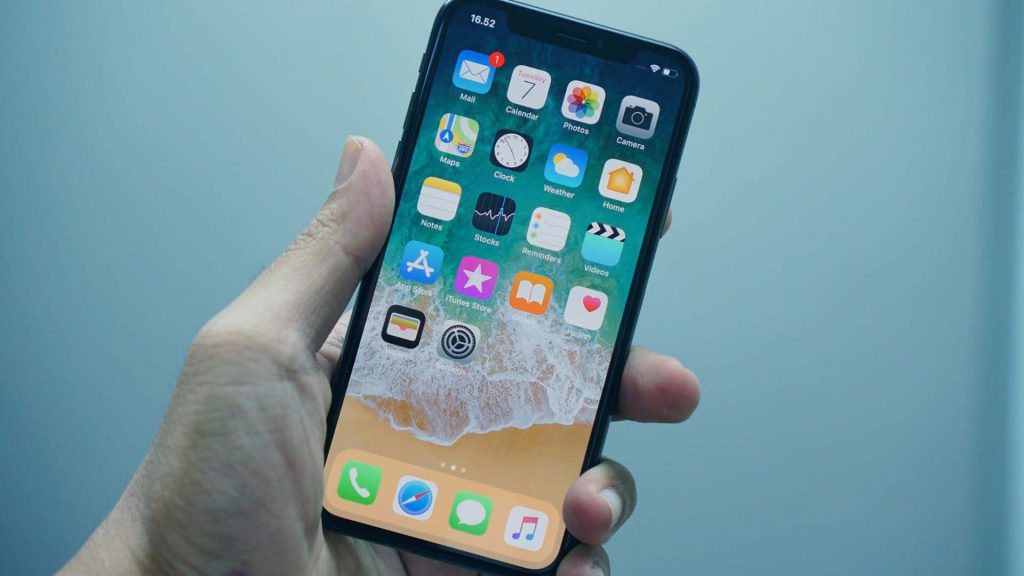The new way of doing shopping
As marketers, we recognize that Millennials are probably one of the most dynamic and change-oriented generations we’ve ever had. They are changing the way we work with their loudly voiced need to balance work and personal time and work remotely, and how technology plays a role in everything thing they do. They are now also changing the way we shop in a new and exciting way – Omni Shopping.
Shopping as a high-involvement experience
In university marketing classes, we learned about high involvement purchase decisions, such as choosing a new laptop computer, or the low involvement purchase decisions we make with very little thought, like buying a beverage when we are out, or often out of habit as with the case of dairy products and detergents. I remember when the wall came down in Eastern Europe and how shoppers would spend so much time in the store looking carefully at all the new brands on the shelves and reading labels. Everything was suddenly new. Even though those of us from the west were used to Ariel detergent, Coca-Cola, and Danone yogurt, these were new and exciting to shoppers in Hungary, Poland, and Russia.
What was a low involvement shopping experience for us was a high involvement experience for these new Eastern European consumers. It was a once-in-a-lifetime phenomenon. But Millennials and Generation Z are right behind them; they are making shopping a high-involvement experience not because so many new things are suddenly being thrust upon them due to political changes, but because they are driven to discover and experience new things – it is core to who they are and everything they do.
“Consider similar items or you might also like…? “
Retailers first saw this change in shopping with Amazon but overlooked it because they saw it only as convenience-driven with Millennials and Generation Z being early adopters of technology. And there was COVID, which limited our ability to shop in person. But Amazon saw something more; they saw discovery. Ever notice the line underneath the product you are looking at on Amazon, the one where it says Consider similar items or you might also like…? These young adult consumers love this. They read the reviews because another unique aspect of Millennials and Generation Z is that they trust their peers far more than they trust a company’s brand messages. This is important to remember when we take this learning into the physical shopping experience for your brand in a grocery store.
The old brand communication rule of thumb when I started my marketing career at Procter & Gamble for introducing new brands was to have an advertising plan that reached 70% of the target consumer with a message frequency of three times. Grocery store buyers demanded that level of communication to ‘pull’ products off the shelf. Now it is all about social media and how many posts are viewed, liked, and shared. And the grocery chain buyers know it.
When was the last time you saw a Starbucks commercial, if ever? You heard about Starbucks from your friends because it offered customers a unique coffee-drinking experience. Starbucks let their early adopter customers be brand ambassadors and spread the word.
The new energy drink Celsius example
Celsius, the new functional energy drink, has grown to a $100 million brand in the USA over a few short years

They focused on going where the early adopters were for the category (gyms) and then used social media to help satisfied consumers share the news. Once they found their traction by micro-marketing to early adopters, Celsius went mainstream. You can now find them in nearly every supermarket or convenience store in America.
Omni Shopping – The need to go to more than one retailer
When Amazon bought Whole Foods, the naturally fresh-focused grocery store chain, they took their Amazon discovery experience into the store. Shoppers at Whole Foods like the fresh seafood, produce, and cheese from around the world, but because Whole Foods went so natural as to exclude a lot of favorite brands, shoppers began what is now called an Omni Shopping experience – meaning they go to Whole Foods for fresh foods and then go to their regular grocery store chain for their favorite brands like Coke and Ariel laundry detergent.
H-E-B, the massive supermarket chain that controls the grocery business in Texas, was watching the trends carefully, looking at how Millennials in particular were shopping. With double professional incomes and no kids, most Millennials have a lot of spending power. Their original supermarket concept was successful – and still is – but they saw the changes happening in the market, especially with younger Millennial and Generation Z shoppers.

H-E-B saw what was happening at Whole Foods and envied the new retailer’s appeal to these young adult shoppers.

Omni Shopping in one single location
But they also saw what was driving Omni Shopping or multi-store usage because Whole Foods didn’t stock their favorite brands. They interpreted the discovery aspect of Amazon even better than Whole Foods did, even though Amazon owns whole Foods. Amazon helps you discover new BRANDS! Whole Foods just helps you discover new food items – mostly fresh and natural, which in itself is self-limiting. H-E-B figured it out and created an Omni Shopping experience in a single location they call Central Market.

They took the fresh market appeal from Whole Foods but also brought in all the mainstay brands from their parent company H-E-B. And then they added the critical aspect of added discovery they learned from Amazon and from the small neighborhood bodegas in New York City, mostly located in Manhattan on the ground floor of high-rise buildings where Millennials either work or live. Bodegas were the first to understand the drive for new brand experiences from around the world that their Millennial shoppers craved and now Generation Zas well.
The evolution from customers shopping in traditional grocery store chains, to shopping online on Amazon during COVID, the fresh approach of Whole Foods, and then it all finally coming together in one store now (i.e., Omni Shopping) is spreading rapidly. Albertsons, one of the biggest grocery store chains in the USA, has come out with its own Omni Shopping experience in a single location with its City Center store concept. Other retail chains across the United States are quickly adapting.
An opportunity for new brands
This trend is also having a profound impact on new brands hoping to penetrate the US market. Startups are feeling about this discovery and experiential shopping experience. Omni Shopping concept store buyers are actively looking for new brands from home and abroad. A buyer at Central Market recently traveled to Portugal and Spain looking for new brands and product ideas and will soon go to Italy. That sort of thing didn’t happen ten years ago; now it is part of the buyer’s job to get out there and discover new items for their shoppers and create space in the store to showcase these new entrants.
And it’s not just the buyers who get it. When I approached a stocking clerk at a Central Market store in Dallas last week and asked her for suggestions for new snack ideas, I felt like I do when I walk into an Apple Store and experience their eagerness to welcome me into their Apple World. Central Market, like Apple, doesn’t hire employees; they cast people that are Millennials and Generation Z explorers and therefore share the love of new things and new experiences. It is infectious.
The rules have changed on what it takes to get a new product listed in this Omni Shopping world. The category buyers at these stores don’t care about slotting fees and leave merchandising decisions to local store managers because they want them to be in touch with and thereby accountable to shoppers from their specific neighborhoods – like the bodega store owners in New York City. And they are not looking for media buy spending but rather question whether a new brand is gaining traction on social media, as Amazon tracks on their site.
The right time to get into new retailers
There has probably never been a more opportune time for smaller brands from countries around the world to enter the US market, but they need to get into the hearts and minds of these new experiential and discovery-oriented shoppers just as the buyers and store clerks at Central Market are doing if they want to join this new Omni Shopping experience.
By Paul Garrison and John Blackington



